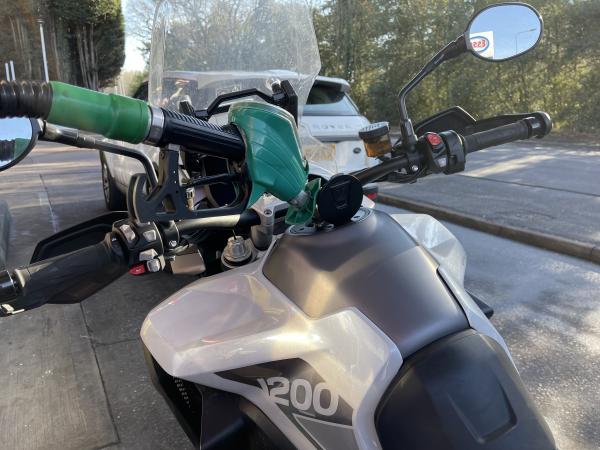
The report by the CMA has found that since May 2023 the price at the pump has risen, on average, by 11p per litre, and that there are two distinct periods of fluctuation in the petrol price - between June and August, and September and October.
The first period saw petrol prices rise globally, which analysts link to a change in the worldwide wholesale price of fuel. This increase didn’t have a far-reaching effect on the pump price of petrol and diesel - instead, it reduced the profit margin retailers were receiving.
Then between September and October, the CMA reports that wholesale fuel prices actually fell, although the response from petrol retailers was to maintain their pricing and effectively withhold any savings from reaching customers. Obviously, these savings for customers then become extra profit for the major petrol retailers, and that is something the CMA is keen to keep an eye on.
Speaking to the RAC, Sarah Cardell, Chief Executive of the CMA, said:
“Drivers are feeling the pain again as petrol prices at the pump have been on the rise since June. The underlying data shows a mixed picture in terms of what is driving this.
“Over the summer we saw rising wholesale costs, but more recent trends give cause for concern that competition is still not working well in this market to hold down pump prices. We will be monitoring and reporting further on this in our next update.
“As our year-long, in-depth study showed, this is a market where competition is not working as well as it should. But while today’s first monitoring report is an important step, it is based on voluntary information and is missing some major fuel retailers.
“That’s why it is so important that a permanent fuel monitor – with powers to demand information from all retailers – is put in place to give a fuller picture of how the market is working."

